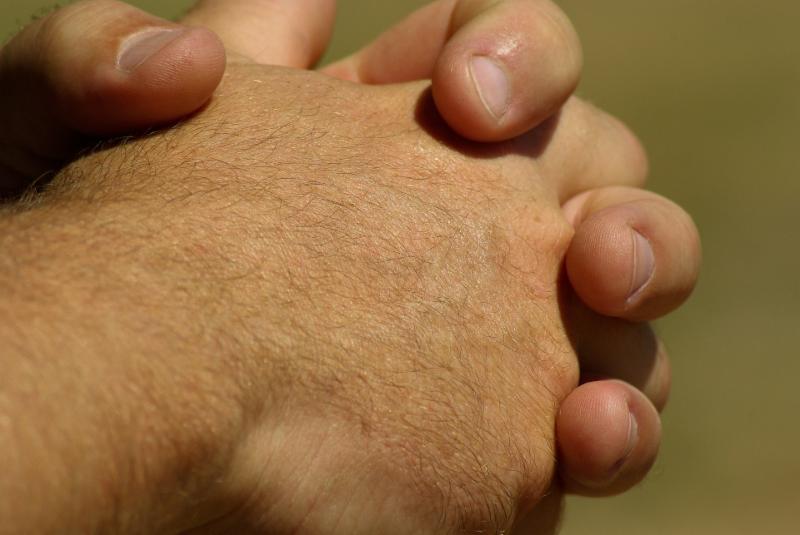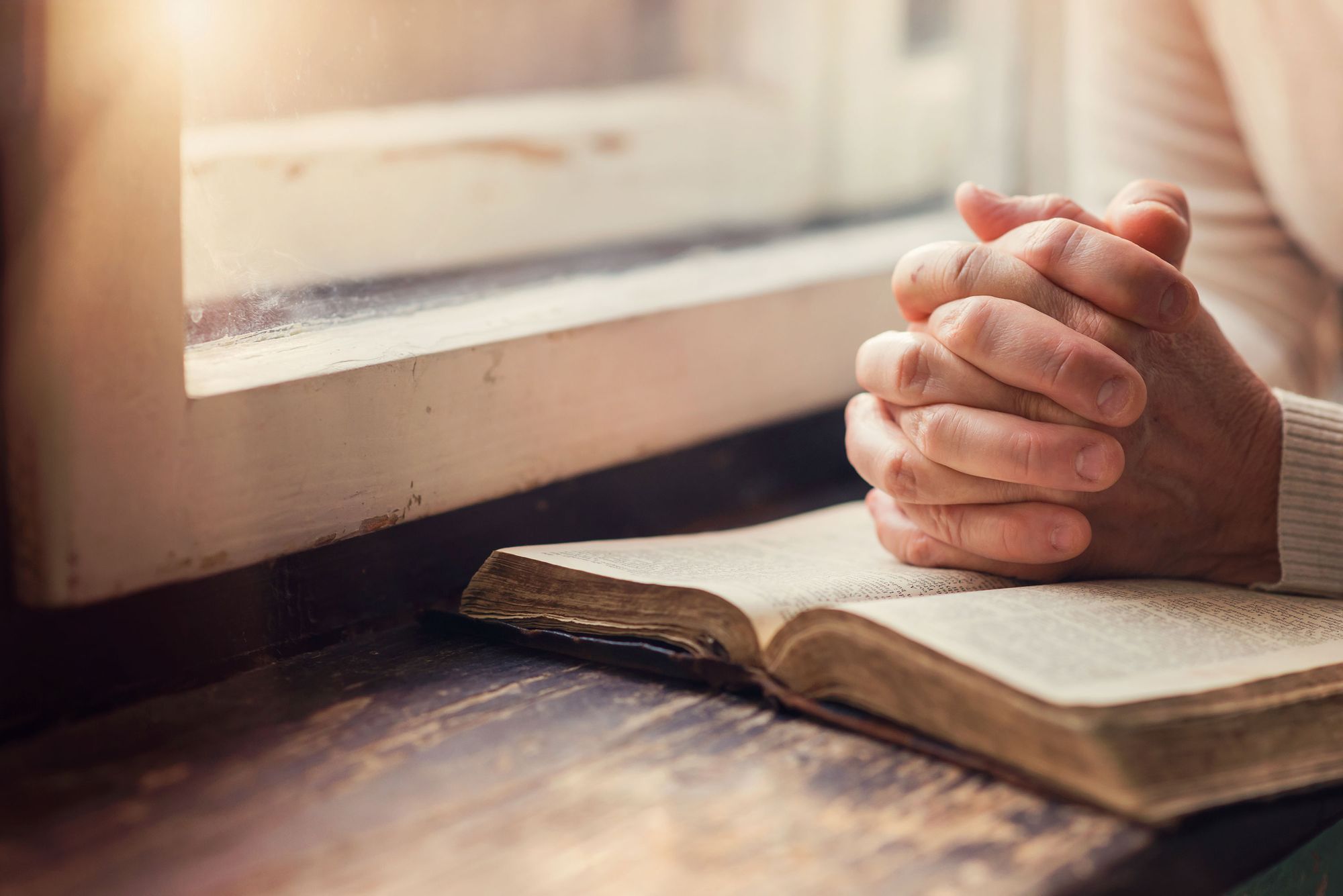Mike and I sat in the front of his church, reflecting upon the wonderful moments we have witnessed in our lives when God has used us to touch others deeply. Mike recalled an incident on a plane; I told of an encounter at Marie Callender’s.
We recognized this one common denominator - both occurred at a time when we were removed from distractions and our thoughts were more focused on the Lord. That insight led to a time of regret and repentance for the business and pace at which we now live our lives. I left our time wrestling with whether this was an inevitable consequence of the culture in which we live (the belief of most, I know), or, if there is a way to counter this world’s pressures.

Those thoughts still lingered in the back of my mind the next day when I asked my wife what she had been reading and what was impacting her from the book. She was reading Pete Scazzero’s Emotionally Healthy Spirituality. She spoke of his commitment to Sabbaths and rhythms.
I understood the need for “Sabbaths.” Carol went on to explain that the early Church and subsequent generations practiced rhythms of prayer. Monasteries still employ them. As she spoke, passages of Scripture opened in my mind. For instance, in Acts, Cornelius was praying at 3:00 pm and Peter at noon. God immediately began to speak to my heart that this was the answer to my wrestling thoughts.

I spend time with the Lord in the morning, and then I am off like a racehorse with my day, checking off my to-do list, and constantly planning ahead. It was this addiction to work - God’s work - that seemed to block my ability to hear His voice interrupting me so that I might do His will in the moment. Finally, after supper, Carol and I would read a chapter from a book and pray together, bringing my heart and focus back on the Lord.

I have taught many times from John 15 (“Remain in me”). I would use the counseling analogy of “the discipline of connection,” a skill couples must learn to stay emotionally connected even when in conflict. And yet, I often found myself “disconnected” to Jesus in the midst of my busy day doing God’s work. Apparently, this is not a new problem, as the ancients used various rhythms of prayer to aid them in staying focused and connected to the Lord throughout their day.
I am now beginning to incorporate this new lesson in prayer in my life. I know, I keep saying this is the last lesson in the “Teach Me to Pray” series. I will not say it this time. God has loaded my prayer syllabus with many key insights that I am praying God will work in and through my daily experience with Him.
“We tend to use prayer as a last resort, but God wants it to be our first line of defense. We pray when there’s nothing else we can do, but God wants us to pray before we do anything at all.” - Oswald Chambers
This most recent lesson is not easy to employ. I have had to set my alarm for a time during my day when I do not have an appointment. I downloaded Oswald Chamber’s devotional, My Utmost for His Highest, to my phone, and when the alarm sounds, I stop whatever I am doing, read the day’s lesson, and then spend time in prayer.
The length of time is not the critical factor. It is reconnecting, becoming quiet, listening to what He might want to say to me.
This, at least, is the starting point for this new discipline. I never would have imagined when I asked God to teach me to pray, how seriously He would take this, and how graciously intentional He has been towards teaching me His ways.
